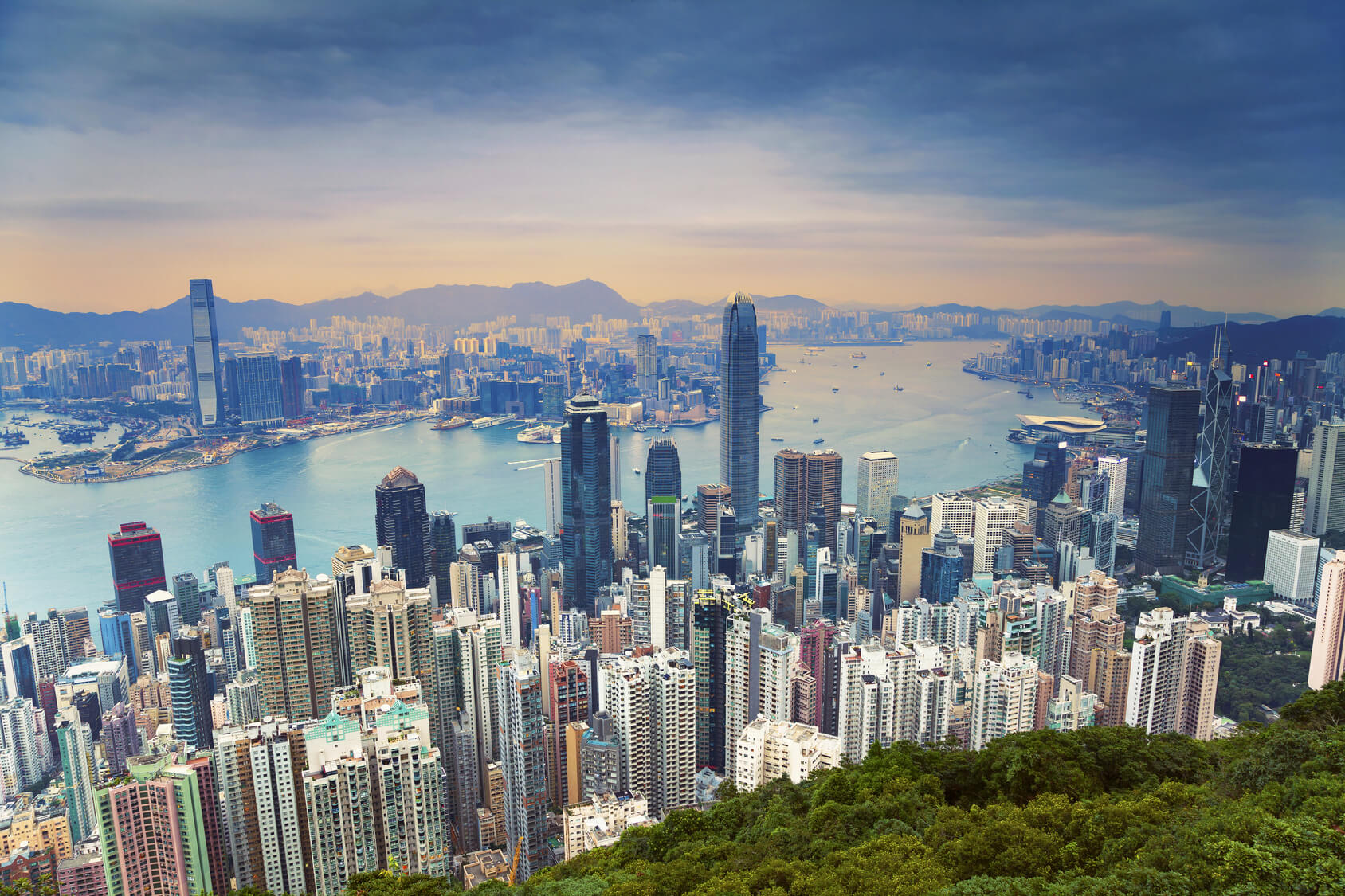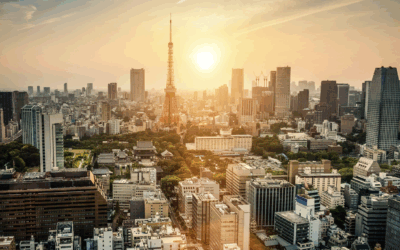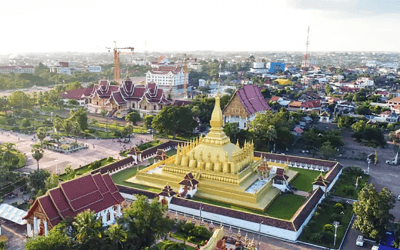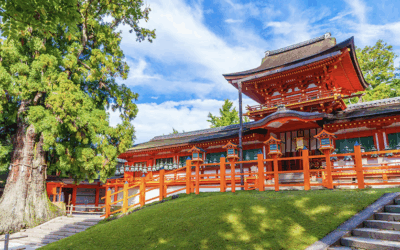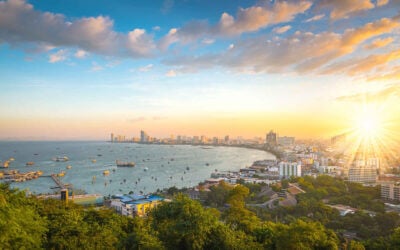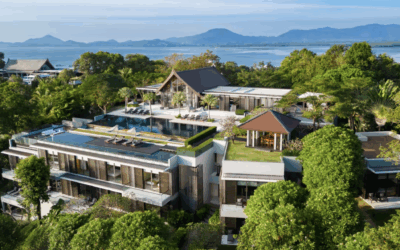Last updated December 30th, 2023.
Upon hiring us and having their private session, our consulting clients often ask for an opinion on their current global investment plan.
To no one’s surprise, “Is buying property in [country name] a good investment?” is still one of the most asked questions.
In all fairness, it is a good question and one that we’re always happy to answer. However, our answer to this question is always relative to other investments they could make – not just simply whether a client’s chosen investment is profitable.
After all, why invest in property elsewhere if you can make better returns in a specific, different market? Opportunity cost is a genuine factor.
Could you make money from buying real estate in Manhattan, for example? Probably. Many people have made, and continue to make, decent returns there.
However, “decent” isn’t enough for us. We don’t think something qualifies as a “good investment” merely because it won’t put you in the red.
Purchasing real estate somewhere closer to home with 5% rental yields might seem okay, but only at first glance.
What about owning property in a nation with 7% rental yields, superior capital appreciation, and a booming population with an average age of 25?
Keeping that spirit in mind, here’s our list of the three best countries to buy real estate in Asia. They’re not ranked in any particular order since your own investment needs will vary.
Malaysia
Property in Malaysia is a good investment simply because of the country’s low prices. These are helped even further by an unusually weak currency.
The Malaysian ringgit has been ranked as one of Asia’s worst-performing currencies for over a decade. Yet this won’t be the case forever. The ringgit is now at a twenty-year low and has few places left to go besides upwards.
Any investors bringing foreign currency into Malaysia should benefit from favorable exchange rates. Returns and capital appreciation will also be compounded once the ringgit rises.
Buying a condo unit in the nation’s capital of Kuala Lumpur will cost you less than in Bangkok – or even Saigon. That’s despite Malaysia being one of Southeast Asia’s most developed, modern countries.
Real estate in Kuala Lumpur’s city center sometimes costs around US$3,000 per square meter (~$30 per square foot). For example, it’s around half the price of similar properties in Bangkok.
We don’t recommend Malaysia because of strong market fundamentals or high cash flow. In fact, vacancy rates and supply are both at dangerous levels. Cities here arguably have the region’s lowest rental yields, too.
But Malaysia also enjoys strong population growth and urbanization rates, combined with a rising middle class. Prices will rise once fresh demand and lack of available land in cities like Kuala Lumpur and Penang catch up with reality.
Robust demographic trends are a common factor among the best countries to buy real estate in Asia, and Malaysia absolutely has it.
The Philippines
High-rise condominiums in the nation’s capital of Manila remain overvalued. These are often marketed toward foreigners, and their supply is at a dangerous level.
With that said, you’ll find more opportunities in landed properties, such as villas and townhouses.
Real estate values are still reasonable in some cities, like Cebu and Davao. Just remember that buying real estate in the Philippines is a good idea because of its future potential rather than low prices at the moment.
The Philippines is one of the densest countries in the region. Over 100 million people are living on the archipelago. Combine this with rapid population increase and Southeast Asia’s highest GDP growth rate.
What’s the result? A far greater number of people will compete for increasingly less land over the long term.
It’s not quite that simple, though. Foreigners in the Philippines can own houses themselves but not the land it sits on. Confusing. We know.
Thankfully, you have a few ways around this problem. Barriers to entry are a good thing if you’re willing to break through them.
Entry barriers keep other investors out of the market, at least for a time, which helps early movers take a position.
The most common route is to form a Philippine company. Businesses can own land if foreign ownership is below a 40% threshold. There are methods of structuring the company to ensure you, nonetheless, keep control of the firm.
Other than that, land in the Philippines can be leased for up to a 50 years period if you’re a foreign investor. This is extendable for another 20 years.
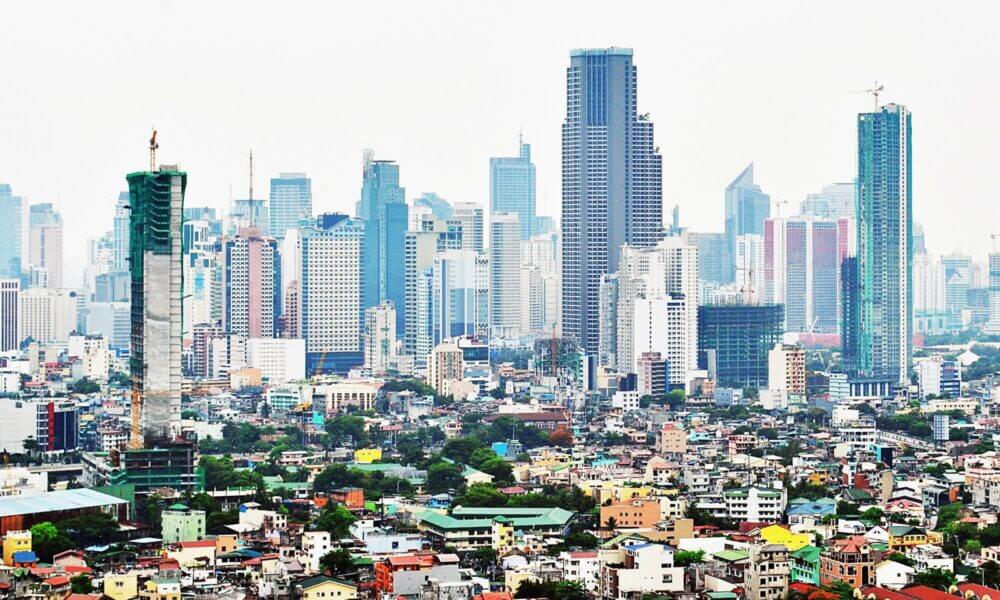
Manila is becoming denser and more populated with each passing year – a clear driver of real estate demand and prices in the long term.
Cambodia
Cambodia is Southeast Asia’s second-fastest growing economy. Furthermore, they boast one of the region’s youngest workforces, which should help maintain productivity and growth rates into the future.
But strong economic growth or favorable demographics are not the only reason that makes property in Cambodia a good investment. Places like the Philippines can claim similar factors as well.
What makes it a good idea to invest in Cambodia is that, on top of those things, it’s classified as a frontier market. The Philippines is a middle-income country, while Malaysia is already a developed nation by several measures.
Very few people have a direct allocation to frontier markets. That’s mainly because investing in these high-growth nations is not easy. To invest in such markets, traveling and making on-the-ground efforts are required.
The returns are usually well worth the effort, though. Investors who manage to invest in frontier markets will get a unique mix of diversification, growth, and protection.
Why do frontier markets help diversification? Their growth is less reliant on other economies, so they’re often not hit as hard by financial crises.
Cambodia hasn’t had a recession for over 20 years. It skipped the Asian Financial Crisis of the 1990s, missed the tech bubble of the early 2000s, and outgrew the Global Recession of 2008.
And they achieved this all while averaging GDP growth of over 7% per year.
Our world is now interconnected. McDonald’s, Dunkin’ Donuts, and similar brands are found almost anywhere. Malaysia and the Philippines aren’t exceptions.
As such, most countries need continued foreign investment from multinational firms. The entire world gets sick when the US or China sneezes. Yet frontier markets don’t always follow this rule.
You won’t find any McDonald’s or IKEA in Cambodia. Therefore, the country won’t miss out on any investment when and if the global economy turns sour and these companies stop expanding for a few years.
Also, Cambodia uses the US Dollar as its primary transactional currency. We aren’t huge fans of the greenback here at InvestAsian. Nonetheless, it remains the world’s reserve currency without a viable replacement right now.
The Dollar remains more stable than other currencies in the region, such as the Indonesian Rupiah or Vietnamese Dong. Plus, it’s a currency pair in 90% of all forex transactions. We don’t think it’s going away anytime soon.
Why Are These are the Best Places to Invest in Property?
The three property markets listed above are, in no particular order, what we consider to be the best countries to buy real estate in Asia.
Of course, predicting whether any country’s property values will appreciate in advance is difficult. We take positive demographic trends very seriously in this regard, though, since they naturally drive demand and are difficult to change once set in motion.
Central banks will change interest rates on little notice, while credit issues can become apparent overnight.
However, you can’t change a country’s low average age. Nor can you stop a population boom once the process has already begun.
These demographic factors can provide a glimpse into a nation’s future, and are one of the best ways to estimate long-term growth. Especially for prime real estate demand.
We should note that almost anywhere in Asia enjoys superior growth prospects compared to Canada, the United States, Australia, or most other Western economies.
You might disagree about the top places to purchase real estate – and may perhaps even have your own ranking. But hopefully, we agree that buying real estate in stable countries with demographic growth drivers is a smart idea.

